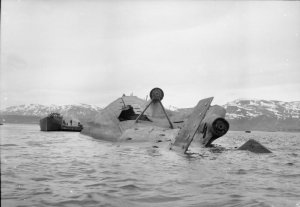Today in Naval History - Naval / Maritime Events in History
12 November 1940 - Battle of Taranto
The
Battle of Taranto took place on the night of 11–12 November 1940 during the Second World War between British naval forces, under Admiral Andrew Cunningham, and Italian naval forces, under Admiral Inigo Campioni. The Royal Navy launched the first all-aircraft ship-to-ship naval attack in history, employing 21 obsolete Fairey Swordfish biplane
torpedo bombers from the aircraft carrier HMS
Illustrious in the Mediterranean Sea. The attack struck the battle fleet of the
Regia Marina at anchor in the harbour of Taranto, using aerial torpedoes despite the shallowness of the water. The success of this attack augured the ascendancy of naval aviation over the big guns of battleships. According to Admiral Cunningham, "Taranto, and the night of 11–12 November 1940, should be remembered for ever as having shown once and for all that in the Fleet Air Arm the Navy has its most devastating weapon."

Aerial view of the inner harbour showing damaged
Trento-class cruisers surrounded by floating oil
Origins
Long before the First World War, the Italian
Regia Marina's First Squadron was based at Taranto, a port-city on Italy's south-east coast. In that period, the British Royal Navy developed plans for countering the power of the
Regia Marina. Blunting the power of any adversary in the Mediterranean Sea was an ongoing exercise. Plans for the capture of the port at Taranto were considered as early as the Italian invasion of Abyssinia in 1935.
In 1940–41, Italian Army operations in North Africa, based in Libya, required a supply line from Italy. The British Army's North African Campaign, based in Egypt, suffered from much greater supply difficulties. Supply convoys to Egypt had to either cross the Mediterranean via Gibraltar and Malta near the coast of Sicily, or steam around the Cape of Good Hope, up the east coast of Africa, and then through the Suez Canal to reach Alexandria. The latter was a very long and slow route, and the Italian fleet was in an excellent position to interdict British supplies and reinforcements using the direct route through the Mediterranean.
Following the concept of a fleet in being, the Italians usually kept their warships in harbour and were unwilling to seek battle with the Royal Navy on their own, also because any ship lost bigger than a destroyer could not be replaced. The Italian fleet at Taranto was powerful: six battleships (of which one was not yet battleworthy,
Andrea Doria having her crew still in training after her reconstruction), seven heavy cruisers, two light cruisers and eight destroyers. This made the threat of a sortie against British shipping a serious problem.
During the Munich Crisis of 1938, Admiral Sir Dudley Pound, the commander of the British Mediterranean Fleet, was concerned about the survival of the aircraft carrier HMS
Glorious in the face of Italian opposition in the Mediterranean. Pound ordered his staff to re-examine all plans for attacking Taranto. He was advised by Arthur LStG Lyster, the captain of
Glorious, that her Fairey Fairey Swordfish biplane torpedo bombers were capable of a night attack. Indeed, the Fleet Air Arm was then the only naval aviation arm capable of it. Pound took Lyster's advice and ordered training to begin. Security was kept so tight there were no written records. Just a month before the war began, Pound advised his replacement, Admiral Andrew Cunningham, to consider the possibility. This came to be known as Operation Judgment.
The
fall of France and the consequent loss of the French fleet in the Mediterranean (even before Operation Catapult) made redress essential. The older carrier, HMS
Eagle, on Cunningham's strength, was ideal, possessing a very experienced air group composed entirely of the obsolescent Swordfish aircraft. Three Sea Gladiator fighters were added for the operation. Firm plans were drawn up after the Italian Army halted at Sidi Barrani, which freed up the British Mediterranean Fleet.
Operation Judgment was just a small part of the overarching Operation MB8. It was originally scheduled to take place on 21 October 1940, Trafalgar Day, but a fire in an auxiliary fuel tank of one Swordfish led to a delay. 60 imp gal (270 L) auxiliary tanks were fitted in the observers position on torpedo bombers - the observer taking the air gunner's position - to extend the operating range of the aircraft enough to reach Taranto.) This minor fire spread into something more serious that destroyed two Swordfish.
Eagle then suffered a breakdown in her fuel system, so she was eliminated.
When the brand-new carrier HMS
Illustrious, based at Alexandria, became available in the Mediterranean, she took on board five Swordfish from
Eagle, and launched the strike alone.
The complete naval
task force—commanded by Rear Admiral Lyster, who had authored the plan of attack on Taranto—consisted of
Illustrious, the heavy cruisers HMS
Berwick and
York, the light cruisers HMS
Gloucester and
Glasgow, and the destroyers HMS
Hyperion,
Ilex,
Hasty and
Havelock. The 24 attack Swordfish came from 813, 815, 819, and 824 Naval Air Squadrons. The small number of attacking warplanes raised concern that
Judgment would only alert and enrage the Italian Navy without achieving any significant results.
Illustrious also had Fairey Fulmar fighters of 806 Naval Air Squadron aboard to provide air cover for the task force, with radar and fighter control systems.
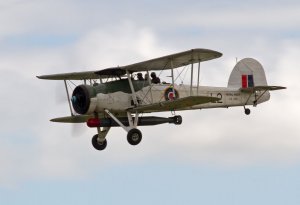
A
Fairey Swordfish
Half of the Swordfish were armed with torpedoes as the primary strike aircraft, with the other half carrying aerial bombs and flares to carry out diversions. These torpedoes were fitted with Duplex magnetic/contact exploders, which were extremely sensitive to rough seas, as the attacks on the German battleship
Bismarck later showed. There were also worries the torpedoes would bottom out in the harbour after being dropped. The loss rate for the bombers was expected to be fifty percent.
Several
reconnaissance flights by Martin Marylands of the RAF's No. 431 General Reconnaissance Flight flying from Malta confirmed the location of the Italian fleet. These flights produced photos on which the intelligence officer of
Illustrious spotted previously unexpected barrage balloons; the attack plan was changed accordingly. To make sure the Italian warships had not sortied, the British also sent over a Short Sunderland
flying boat on the night of 11 November, just as the carrier task force was forming up off the Greek island of Cephalonia, about 170
nmi (310 km; 200 mi) from Taranto harbour. This reconnaissance flight alerted the Italian forces in southern Italy, but since they were without any
radars, they could do little but wait for whatever came along. The
Regia Marina could conceivably have gone to sea in search of any British naval force, but this was distinctly against the naval philosophy of the Italians between January 1940 and September 1943.
The complexity of Operation MB8, with its various forces and convoys, succeeded in deceiving the Italians into thinking only normal convoying was under way. This contributed to the success of
Judgment.
The base of Taranto was defended by 101 anti-aircraft guns and 193 machine-guns, and was usually protected against low-flying aircraft by barrage balloons, of which only 27 were in place on 11 November, as strong winds on 6 November had blown away 60 balloons. Capital ships were also supposed to be protected by anti-torpedo nets, but 12,800 m (42,000 ft) of netting was required for full protection, and only one-third of that was rigged before the attack due to a scheduled gunnery exercise. Moreover, these nets did not reach the bottom of the harbour, allowing the British torpedoes to clear them by about 60 cm (24 in).
Attack

Attack directions of the British planes
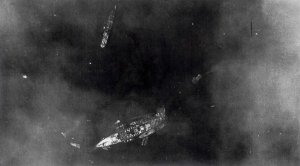 Littorio
Littorio surrounded by salvage tugs
The first wave of 12 aircraft, led by Lieutenant Commander M.W. Williamson RN of 815 Squadron, left
Illustrious just before 21:00 hours on 11 November 1940, followed by a second wave of nine about 90 minutes later. Of the second wave, one aircraft turned back with a problem with its auxiliary fuel tank, and one launched 20 minutes late, after requiring emergency repairs to damage following a minor taxiing accident, so only eight made it to the target.
The first wave, which consisted of six Swordfish armed with torpedoes, two with flares and four 250 lb (110 kg) bombs, and four with six bombs, was split into two sections when three of the bombers and one torpedo bomber strayed from the main force while flying through thin clouds. The smaller group continued to Taranto independently. The main group approached the harbor at
Mar Grande at 22:58. Sixteen flares were dropped east of the harbour, then the flare dropper and another aircraft made a
dive bombing attack to set fire to oil tanks. The next three aircraft, led by Lieutenant Commander K Williamson RN of 815 Squadron, attacked over San Pietro Island, and struck the battleship
Conte di Cavour with a torpedo that blasted a 27 ft (8.2 m) hole in her side below her waterline. Williamson's plane was immediately shot down by the Italian battleship's anti-aircraft guns. The two remaining aircraft in this sub-flight continued, dodging barrage balloons and receiving heavy anti-aircraft fire from the Italian warships and shore batteries, to press home an unsuccessful attack on the battleship
Andrea Doria. The next sub-flight of three attacked from a more northerly direction, attacking the battleship
Littorio, hitting it with two torpedoes and launching one torpedo at the flagship, the battleship
Vittorio Veneto, which missed. The bomber force, led by Captain O. Patch RM, attacked next. They found the targets difficult to identify, but attacked and hit two cruisers moored at
Mar Piccolo hitting both with a single bomb each from 1,500 ft (460 m), followed by another aircraft which straddled four destroyers.
The second wave of eight aircraft - nine were lined up on deck, but number 8 and 9 collided while preparing to launch, one took off but had to abort when an auxiliary fuel tank fell off in flight; meanwhile, the other was repaired and launched late - led by Lieutenant Commander J. W. Hale of 819 Squadron, was now approaching from a northerly direction towards the
Mar Grande harbour, with two of the four bombers also carrying flares, the remaining five carrying torpedoes. Flares were dropped shortly before midnight. Two aircraft aimed their torpedoes at
Littorio, one of which hit. One aircraft, despite having been hit twice by anti-aircraft fire, aimed a torpedo at
Vittorio Veneto but the torpedo missed. Another aircraft hit the battleship
Caio Duilio with a torpedo, blowing a large hole in her hull and flooding both of her forward magazines. The aircraft flown by Lieutenant G. W. L. A. Bayly RN was shot down by antiaircraft fire from the heavy cruiser
Gorizia following the successful attack on
Littorio, the only aircraft lost from the second wave. The final aircraft to arrive on the scene 15 minutes behind the others made an unsuccessful dive bombing attack on one of the Italian cruisers despite heavy anti-aircraft fire, then safely returned to
Illustrious, landing at 02:39.
Of the two aircraft shot down, the two crew members of the first were taken prisoner. The other two were killed.
The Italian battleships suffered significant damage:
- Conte di Cavour had a 12 m × 8 m (39 ft × 26 ft) hole in the hull, and permission to ground her was withheld until it was too late, so her keel touched the bottom at a deeper depth than intended. 27 of the ship's crew were killed and over 100 more wounded. In the end, only her superstructure and main armament remained above water. She was subsequently raised, partially repaired and transferred to Trieste for further repairs and upgrades, but the mutated strategic situation put these works in low priority. She was still undergoing repairs when Italy surrendered, so she never returned to full service;
- Caio Duilio had only a slightly smaller hole (11 m × 7 m (36 ft × 23 ft)) and was saved by running her aground;
- Littorio had considerable flooding caused by three torpedo hits. Despite underwater protection (the 'Pugliese' system, standard in all Italian battleships), the damage was extensive, although actual damage to the ship's structures was relatively limited (the machinery was intact). Casualties were 32 crewmen killed and many wounded. She was holed in three places, once on the port side (7 m × 1.5 m (23 ft 0 in × 4 ft 11 in)), and twice on the starboard side (15 m × 10 m (49 ft × 33 ft) and 12 m × 9 m (39 ft × 30 ft)). She too was saved by running her aground. Despite this, in the morning, the ship's bows were totally submerged.
Italian defences fired 13,489 shells from the land batteries, while several thousand were fired from the ships. The anti-aircraft barrage was formidable, having 101 guns and 193 machine-guns. There were also 87 balloons, but strong winds caused the loss of 60 of them. Only 4.2 km (2.3 nmi; 2.6 mi) of anti-torpedo nets were actually fielded around the ships, up to 10 m (33 ft) in depth, while the need was for 12.8 km (6.9 nmi; 8.0 mi). There were also 13 aerophonic stations and 22 searchlights (the ships had two searchlights each). Denis Boyd, Commanding Officer HMS
Illustrious, stated in his after-action report, "It is notable that the enemy did not use the searchlights at all during either of the attacks."
Littorio was repaired with all available resources and was fully operational again within four months, while restoration of the older battleships proceeded at a much slower pace (repairs took seven months for
Caio Duilio, and the repairs for
Conte di Cavour were never completed). In all, the Swordfish attack was made with just 20 aircraft. Two Italian aircraft were destroyed on the ground by the bombing, and two unexploded bombs hit the cruiser
Trento and the destroyer
Libeccio. Near misses damaged the destroyer
Pessagno.
Meanwhile, X-Force cruisers attacked an Italian convoy (Battle of the Strait of Otranto (1940)). This force had three cruisers (HMS
Ajax,
Orion and HMAS
Sydney) and two Tribal-class destroyers (HMS
Nubian and
Mohawk). Just past midnight, they met and destroyed four Italian merchantmen (
Capo Vado,
Catalani,
Locatelli and
Premuda), damaging the torpedo-boat
Fabrizi, while the auxiliary cruiser
Ramb III fled.
Cunningham and Lyster wanted to strike Taranto again the next night with Swordfish (six torpedo-bombers, seven bombers, and two flare-dispensers) – one wag in the pilots' room remarked, "They only asked the
Light Brigade to do it once!" – but bad weather prevented the action.
Aftermath
The Italian fleet lost half of its capital ships in one night; the next day, the
Regia Marina transferred its undamaged ships from Taranto to Naples to protect them from similar attacks, until the defenses at Taranto (mainly the anti-torpedo nets) were brought up to adequate levels to protect them from further attacks of the same kind (which happened between March and May 1941). Repairs to
Littorio took about four months, to
Caio Duilio seven months;
Conte di Cavour required extensive salvage work and her repairs were incomplete when Italy changed sides in 1943. Cunningham wrote after the attack: "The Taranto show has freed up our hands considerably & I hope now to shake these damned Itiys up a bit. I don't think their remaining three battleships will face us and if they do I'm quite prepared to take them on with only two." Indeed, the balance of power had swung to the British Mediterranean Fleet which now enjoyed more operational freedom: when previously forced to operate as one unit to match Italian capital ships, they could now split into two battlegroups; each built around one aircraft carrier and two battleships.
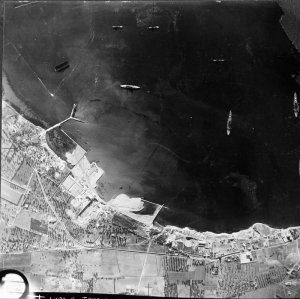
Aerial photo of Italian warships moored in Mar Grande harbour at Taranto. Note the 'Y' jetty.
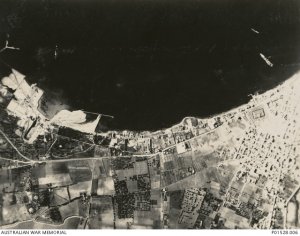
Aftermath of the battle showing an Italian battleship down by the bows and beached (far right)
Nevertheless, Cunningham's estimate that Italians would be unwilling to risk their remaining heavy units was quickly proven wrong. Only five days after Taranto, Campioni sortied with two battleships, six cruisers and 14 destroyers to successfully disrupt a mission to deliver aircraft to Malta. The follow-up to this operation led to the Battle of Cape Spartivento on 27 November 1940. Two of the three damaged battleships were repaired by mid-1941 and control of the Mediterranean continued to swing back and forth until the Italian armistice in 1943.
The attack on Taranto was avenged a year later by the Italian navy in its Raid on Alexandria, when the Mediterranean fleet of the Royal Navy was attacked using
midget submarines, severely damaging HMS
Queen Elizabeth and HMS
Valiant.
However, measured against its primary task of disrupting Axis convoys to Africa, the Taranto attack had very little effect. In fact, Italian shipping to Libya increased between the months of October 1940 – January 1941 to an average of 49,435 tons per month, up from the 37,204-ton average of the previous four months. Moreover, rather than change the balance of power in the central Mediterranean, British naval authorities had "failed to deliver the true knockout blow that would have changed the context within which the rest of the war in the Mediterranean was fought."
Aerial torpedo experts in all modern navies had previously thought that torpedo attacks against ships must be in water at least 75 ft (23 m) deep. Taranto harbour had a depth of only about 39 ft (12 m); but the Royal Navy had developed a new method of preventing torpedoes from diving too deep. A drum was attached beneath the nose of the aircraft, from which a roll of wire led to the nose of the torpedo. As it dropped, the tension from the wire pulled up the nose of the torpedo, producing a belly-flop rather than a nose dive.
http://en.wikipedia.org/wiki/Battle_of_Taranto


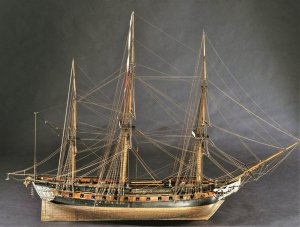
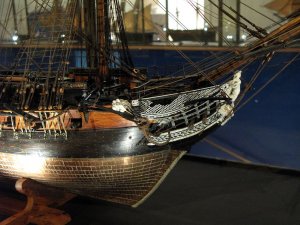
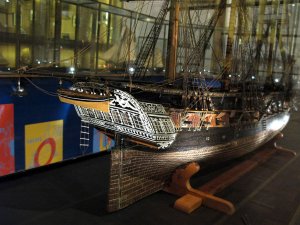

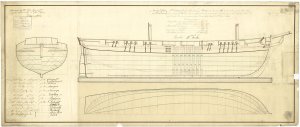
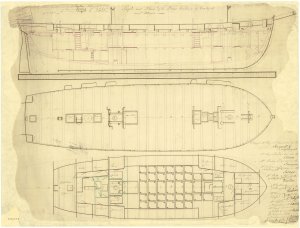
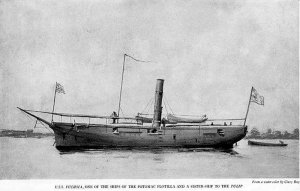


 and wounded may be left for Allies to care for.
and wounded may be left for Allies to care for.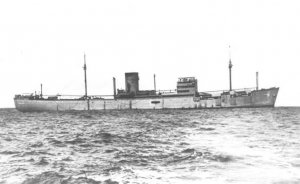

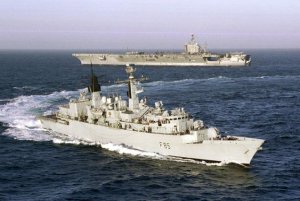

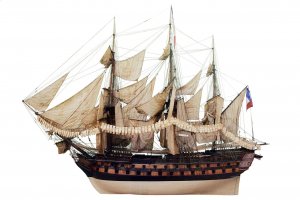

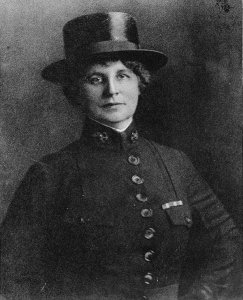
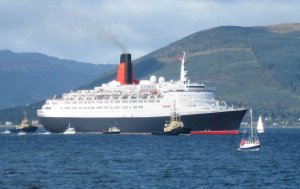
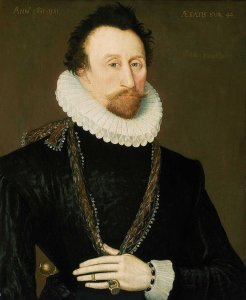

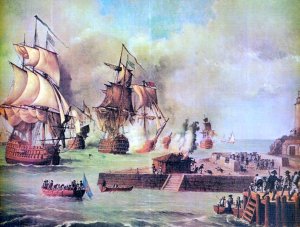
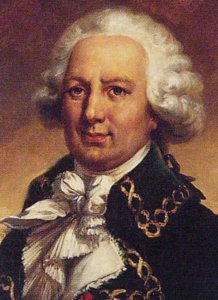


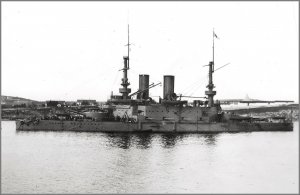

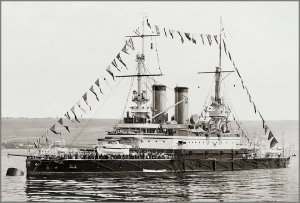
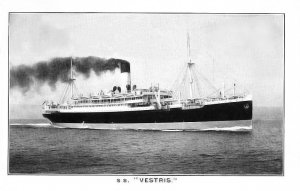
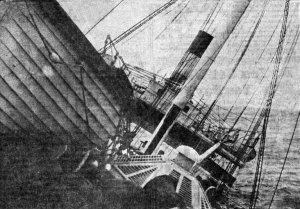


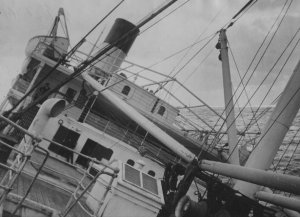
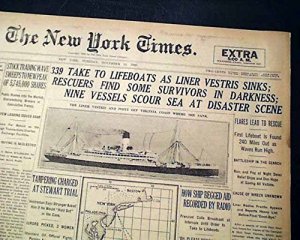
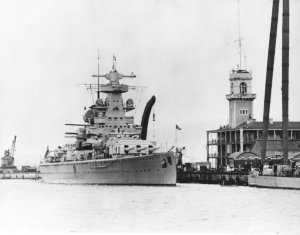
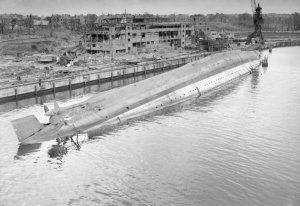
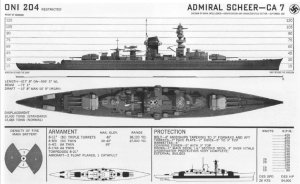









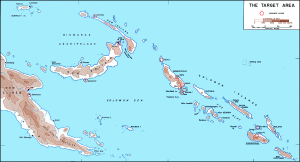
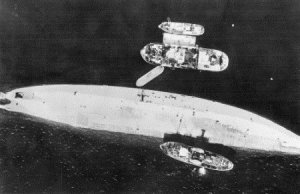
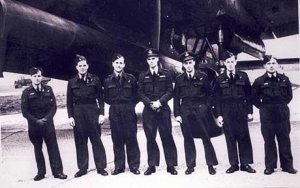

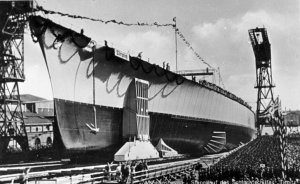
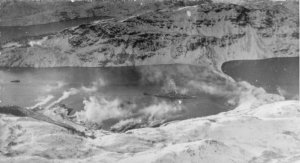
 reel
reel